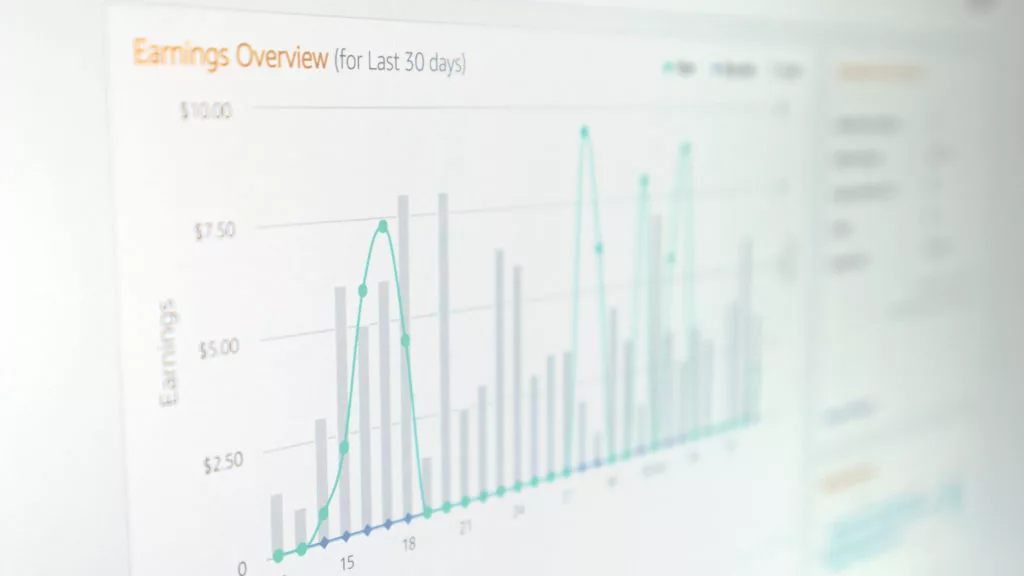- Posted on April 6, 2022
- by Benedict Dohmen
Home / Selling Your Amazon Business / Amazon FBA Earnouts: Everything You Need to Know About Amazon FBA Earnouts and Their Structures
Amazon FBA Earnouts: Everything You Need to Know About Amazon FBA Earnouts and Their Structures

Most Amazon business owners recoil at the mention of an earnout arrangement. Who wouldn’t flinch at the thought of staggering payments instead of receiving the entire cash value upfront? That said, the long-term benefits of earnouts usually outweigh the short-term satisfaction of cash-upfront transactions.
There are tons of reasons why you should consider looking into an earnout structure when selling your Amazon FBA business. Who knows, you just might reel in the big fish you’ve been eyeing to sell to.
This article covers the different earnout types and explains why you should consider the option of earnouts when selling your FBA business.
Table of сontents:
What Is an Earnout?
Earnouts are a practical way to ensure that your business sells for more than the listed price. It’s also one of the quickest ways to attract big buyers. But what exactly does an earnout entail?
You may be familiar with the term installments. Earnout structures are the same. Usually, a buyer pays an agreed-upon downpayment and continues to pay off the rest of the business’ value according to an agreed-upon schedule.
Earnouts are usually driven through milestones that define when and how much money is paid to the seller. They could be monthly, quarterly, or yearly payments – or, in some cases, could also be defined according to the business’ growth levels or gross sales. Milestones not only pace the earnout but also keep both parties accountable at each step of the process of transfer of ownership.
Say a business is selling for $1 million and a buyer is not willing or able to pay the sum upfront. Both parties can agree on the earnout structure. In cases like these, the seller usually adds a percentage of gross sales to the business’ total sale value.
In theory, it’s quite similar to requesting a business loan from a bank – except, in this case, you’re dealing directly with the buyer or seller, depending on where you stand. Plus, the payments are usually more reasonable and are arrived at after discussions between both parties.
The amount paid upfront and the type of the earnout are defined in the LOI (Letter of Intent) so you will know in advance when and how much money to expect.
What are the different earnout types?
Earnout structures typically depend on how much an FBA business is selling for. In some cases, earnout deals are much rarer due to low consumer demand. Whereas businesses built solidly, that sell for upward of $1 million, may receive more earnout offers instead of cash upfront.
That said, it’s also not uncommon to come to a mutually beneficial agreement. Depending on how you negotiate, you’re most likely to get a higher payout on an earnout deal compared to upfront.
Take a look at some of the most common earnout types below.
Guaranteed monthly payments
More common in listings around the $100k to $250k price range, guaranteed monthly payments can vary in length. Usually, they follow a 60%-80% downpayment and can range from 3 to 12 months. While some sellers may be more lenient, they rarely run over the 12-year mark.
Revenue or profit share
Another common practice in lower- to mid-range price tiers, this agreement calls for a share of profits until the selling price is met. The percentage usually varies depending on an agreed-upon amount.
Tiered payments
Similar to profit shares, tiered payments are a bit more complex. Unlike the former, you receive a set amount depending on the percentage of sales the business makes each month. The exact number is predetermined for absolute transparency.
Say if the business earns 80% in sales, you can specify that you’ll receive $8,000, then at 60%, you’ll be paid $4500 – and so on. This is a feasible agreement if your business is structured well. If not, you may have a hard time convincing your buyer to agree to tiered payments.
Stability payments
Stability payments generally take longer than others since they’re calculated at the end of the profit year. They’re also agreed upon depending on how the business performs in the next year of its life after a downpayment is set. Usually, this payment scheme is used in higher- to mid-range pricing, and the buyer usually pays around 70% of the total price upfront.
In this case, the buyer is expected to pay 10%-20% of the annual earned profit to the seller. The final percentage depends upon the agreement between the seller and buyer, but in most cases, it sits at 15%.
Performance payments
Last but not least, we have performance payments. These require a percentage of revenue more than the Trailing Twelve Months multiple. They’re usually less high-risk options for the seller, but may be a little risky for the buyer.
Offers like these are usually accepted when a business is guaranteed to do well. So for example, if your business is successful and has a high chance of stability, even in the near future, then you shouldn’t have an issue with landing a deal here.
Structuring your earnout
Before we wrap things up here, you’ll need to know how to structure your earnouts. A well-thought-out structure will benefit both parties and make deferred payments much simpler and clearer for both parties.
There are many things you need to consider when structuring an earnout, such as:
- Key executives
- Length of agreement or contract
- Control
- Financial metrics
A thoughtfully computed structure can help you to maximize the profit from each agreement. When in doubt, it’s a good idea to consult experts to help you decide on the right structure depending on your goals.
Finally, please be aware that the payout of your earnout will very much depend on how reliable your buyer is and if they know how to properly run the business once the transition is over. For this, it is very important to not shy away from asking difficult questions and preparing well in advance.
Key takeaway
There’s no doubt that earnouts are one of the most lucrative ways to quickly sell your Amazon FBA business, especially if it’s priced over $500K. While it may take some time for you to receive the full amount, you’ll also be able to keep a close eye on how your business is doing after the fact.
It’s not only a good source of passive income over the next few weeks, months, or years but also one of the best ways to get more than the initial listing price of your FBA business.
You aren’t sure how to start your business sale? – Contact Us to find out what type of payment we can offer you.
Now it is your turn – do you have a question for the Benitago team? Or maybe you want to start a conversation with like-minded individuals? Feel free to share your thoughts in the comment section below!

Related Posts.

- Posted on February 24, 2022
- by Benedict Dohmen
- Posted on February 18, 2022
- by Benedict Dohmen



